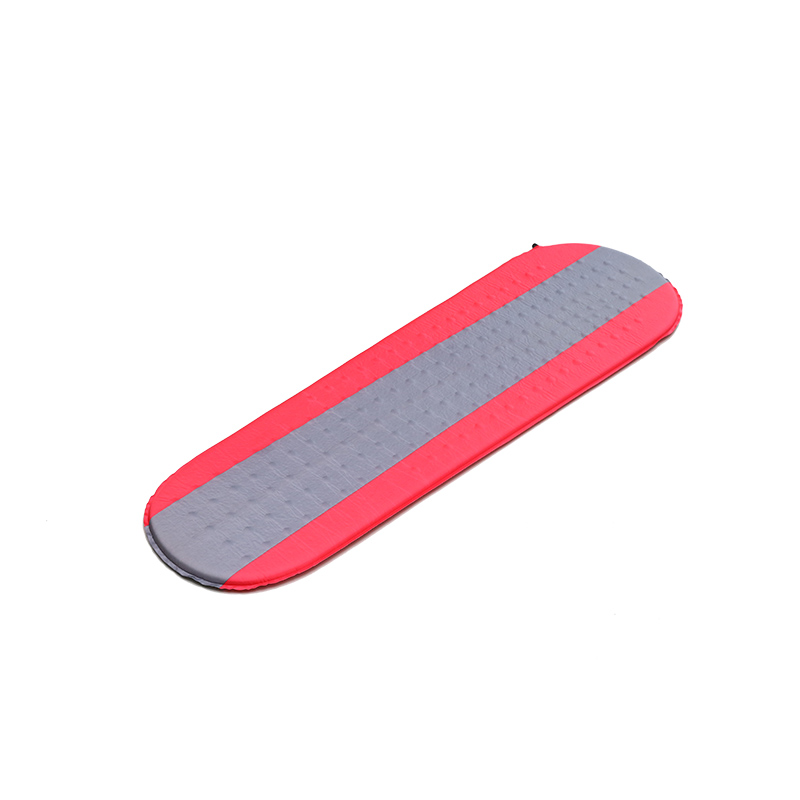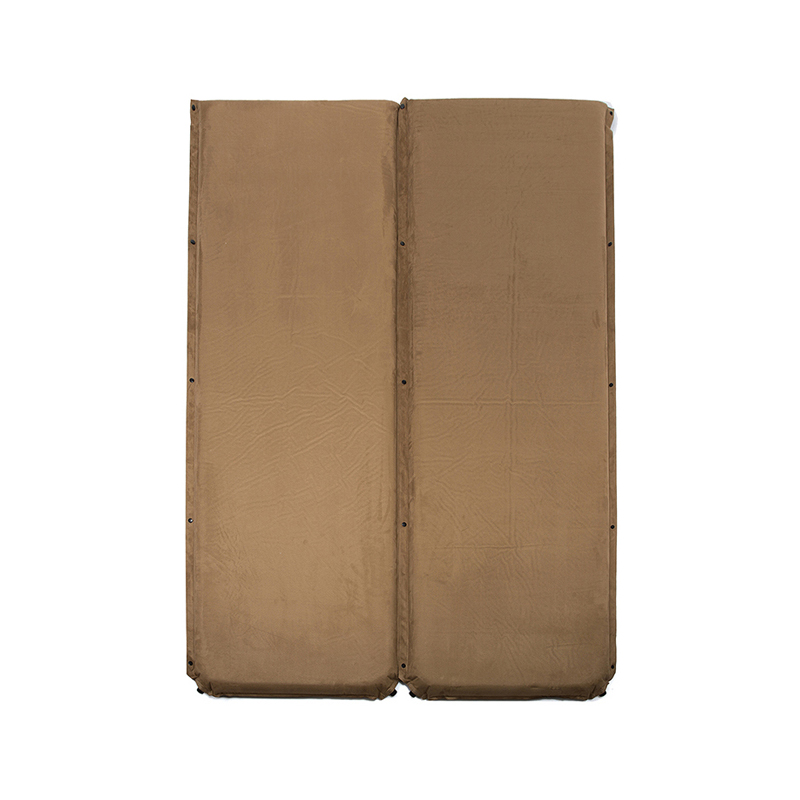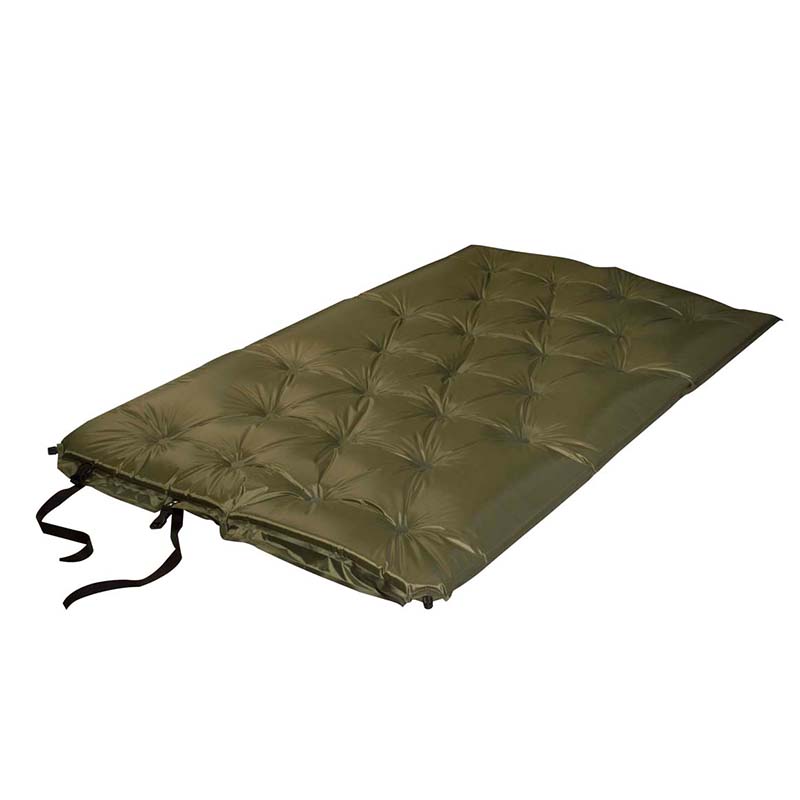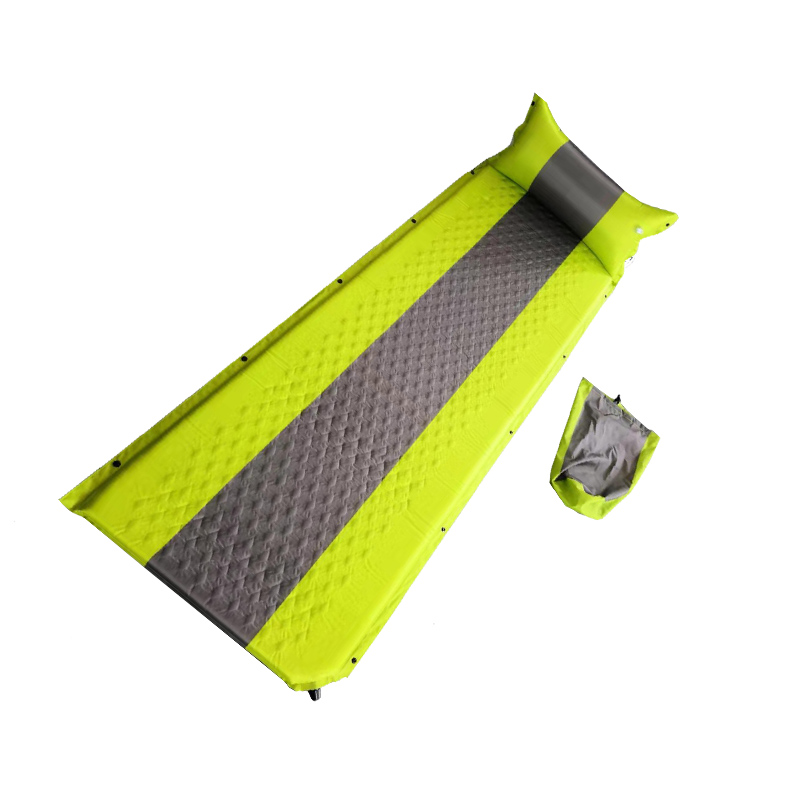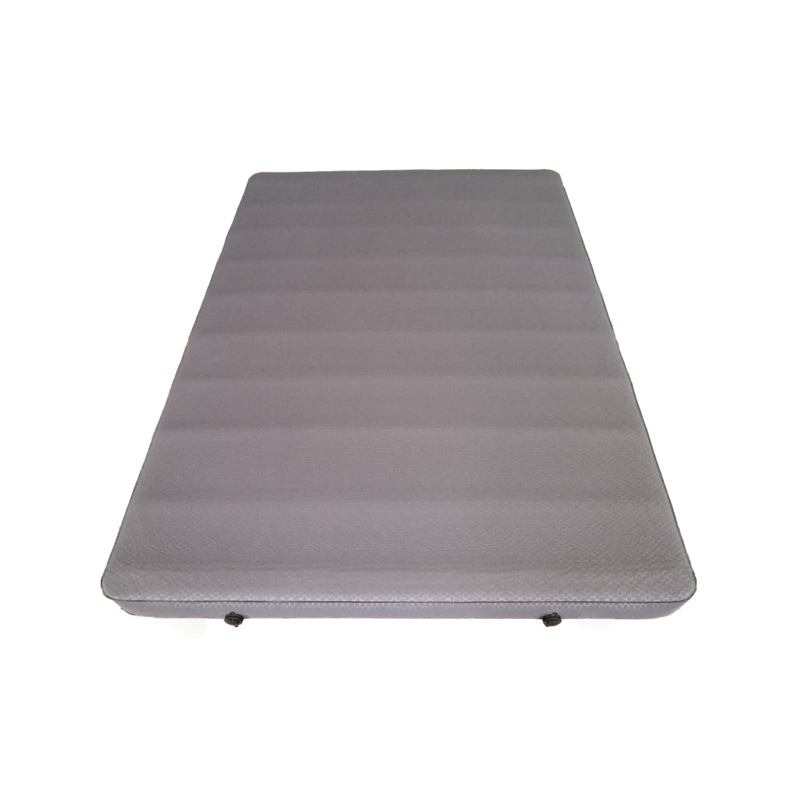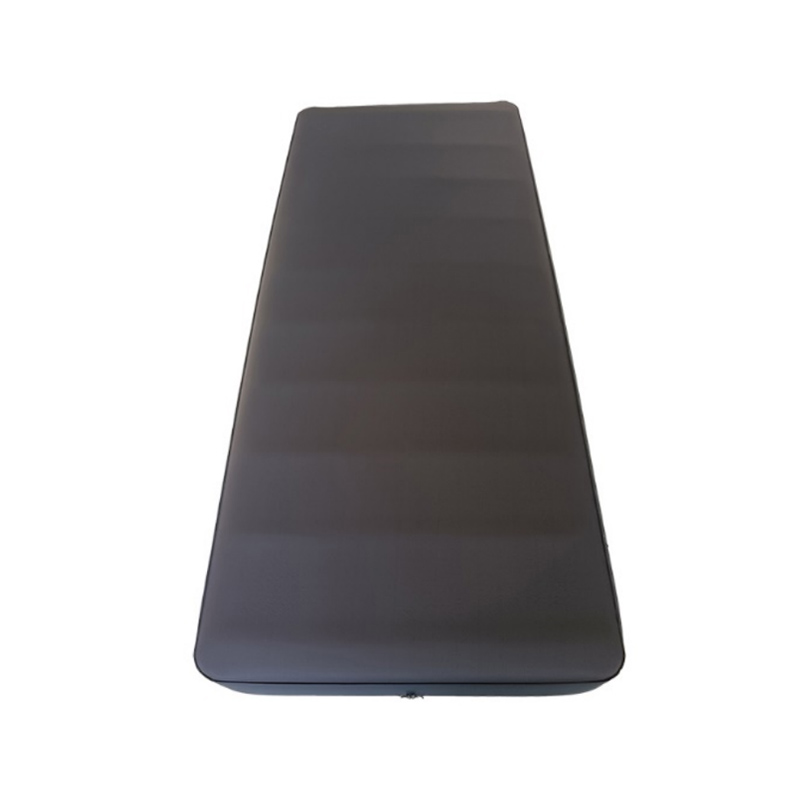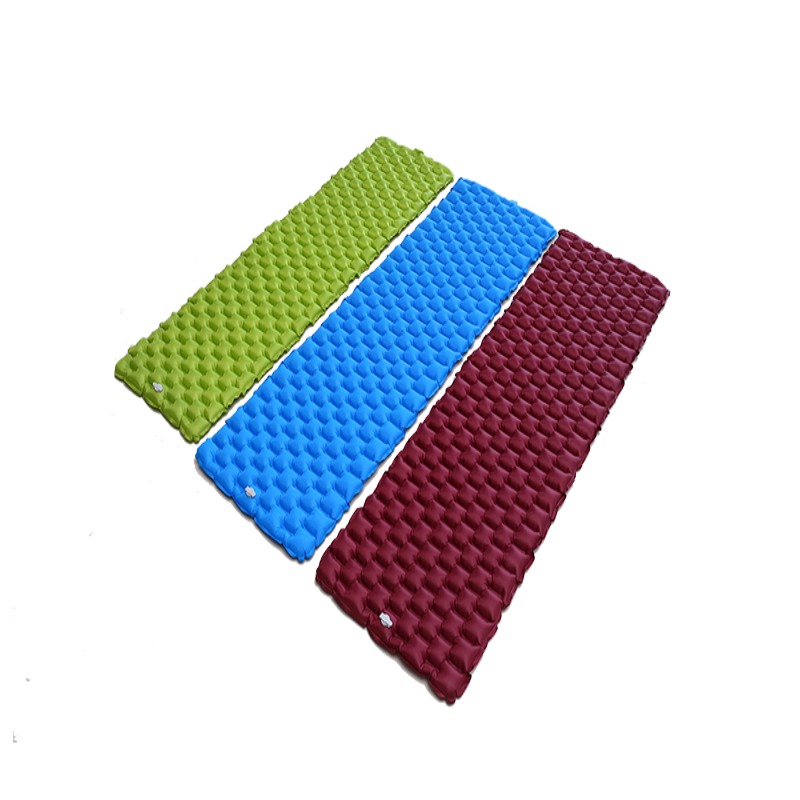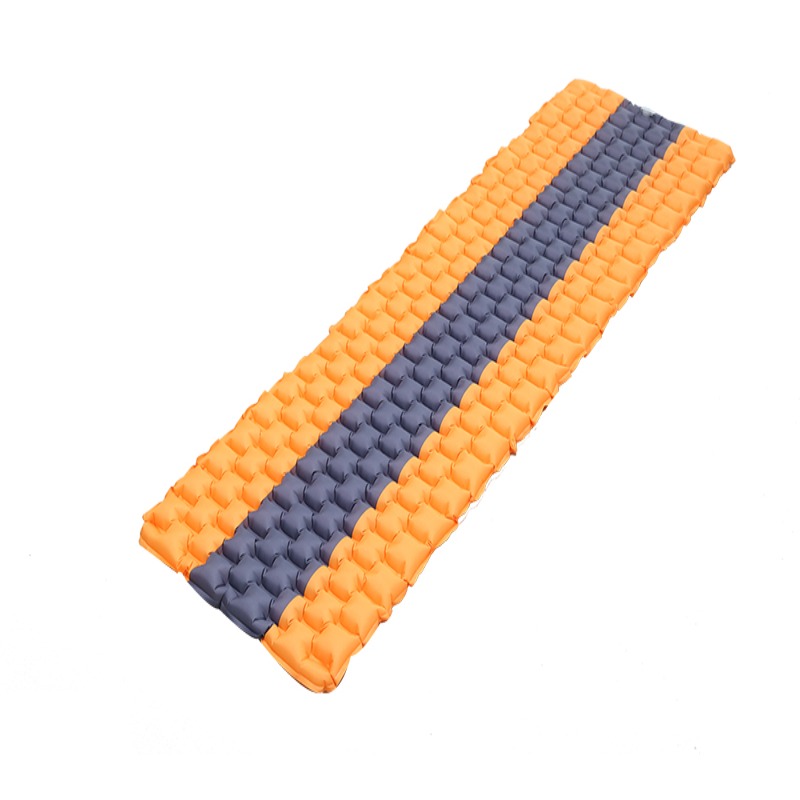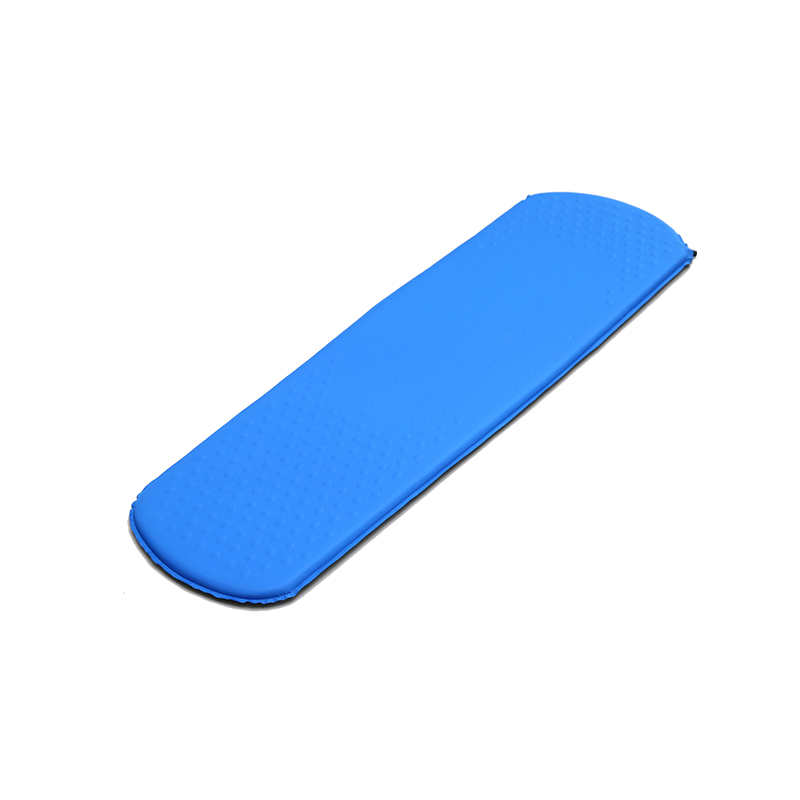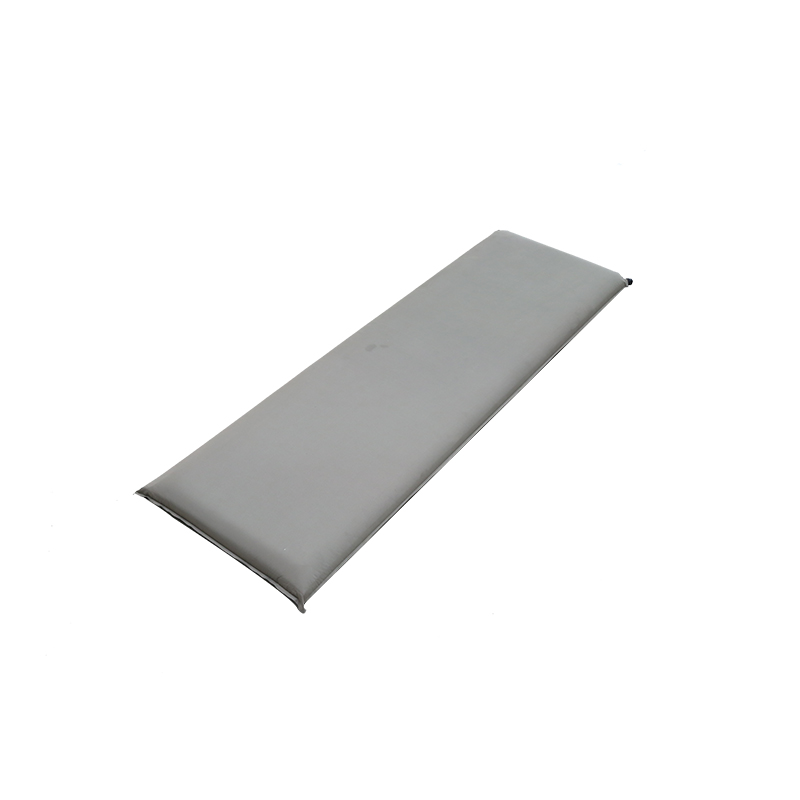1. Be prepared for details
A large part of keeping the body dry is to prevent rainwater from leaking into clothes and equipment.
Use snow cover (although it is called snow cover, but there are actually light and thin styles for rain protection) or wear jackets to prevent rainwater from leaking into the boots.
Wear a baseball cap or other outdoor hat to prevent dripping from the collar.
Bring a few tarps and use it to build a "roof", which can provide a good activity space during camping.
2. Check and repair your equipment
Before camping on a rainy day, check the seams on your tent, check the fabric for perforations and wear points, and whether the wind rope attachments are neat. If it is damaged, purchase the corresponding accessories to repair it.
If your jacket is old, it's best to clean it, because dirt can block the pores of the waterproof membrane and reduce air permeability. If the DWR waterproof coating on the surface is worn, use spray to re-waterproof.
The same is true for your hiking shoes. Even if they have a waterproof and breathable film inside, if the DWR waterproof coating on the surface wears, the leather and fabric of the shoe will absorb moisture, making the shoe heavier and less breathable.
3. Pack smartly
Your backpack rain cover is only the first line of defense.
Use plastic sealed bags for packaging to protect the contents of the bag from standing water and side showers.
Pre-install before packing the tent, the wind rope can be tied first, and the external account can be folded in an easy-to-detach way. This can speed up the construction of the tent and minimize the time the tent is exposed.
4. Dress correctly
During outdoor hiking, your clothes will get wet with two kinds of moisture: rain and sweat.
Avoid wearing cotton underwear. Once they are wet, it is difficult to dry out. You should choose underwear made of quick-drying synthetic fibers or lightweight wool.
In areas with low rainfall, you can wear a soft shell. The soft shell can maximize breathability and emit sweat.
However, if the temperature is low and the rainfall is heavier, you need a hard shell jacket to resist wind and rain.
Now some jackets using new materials can provide reliable weatherproof performance, while also having comfort and breathability.
5. Use the correct posture
When hiking, keep your arms down to prevent rain from seeping through your sleeves.
Then tighten the chin to let the rain drip from the hat to prevent rain from dripping into the neck.
6. Put your clothes on
This is also a small detail, but over time, it will also have a big impact.
Tuck up the hem and cuffs of your bottom layer of clothing.
Otherwise, as it continues to absorb moisture, your clothes will slowly get wet.
7. Choose the right campground
Find a place with good drainage.
Stay away from ravines, depressions and soft soil, because rainwater will collect in these places.
Under a tree or on the leeward side of a boulder, choose a location to resist wind and rain.
8. Set up the tent correctly
When setting up a tent, make the smallest side (usually the back end of the tent) face the wind position so that you can sleep better at night.
Use a wind rope to tighten the outer tent, and the edge of the outer tent should exceed the bottom of the inner tent.
Finally, if you set up a tent in a low terrain, you can put a tarp under the outside of the tent to prevent rainwater from seeping under the tent.

Zhejiang Hongfeng Outdoor Products Co., Ltd. is camping mats Manufacturers and self inflating sleeping pads Factory

 简体中文
简体中文 English
English 日本語
日本語 Español
Español Deutsch
Deutsch